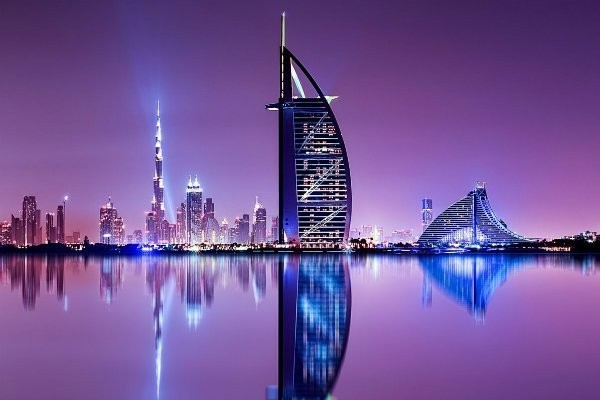


Nearly 20% of homes in Dubai are now worth over $1 million, as revealed by a study from global real estate consultancy Knight Frank. Many homeowners have unintentionally become "accidental millionaires," thanks to property value inflation. These include homeowners who originally purchased properties for less than $1 million, which have since crossed this threshold due to rising market prices.
Faisal Durrani, partner and head of research for MENA at Knight Frank, shared that of the 530,000 homes sold in Dubai since 2002, approximately 95,000 are now valued over $1 million, representing a combined worth of Dh822 billion. The proportion of homes valued above $1 million has surged from 6.3% in 2020 to 18.1% today, reflecting the city's rapid real estate growth.
The cumulative value of all homes sold in Dubai since 2002 now stands at Dh1.47 trillion—a 221% increase since 2020. Factors such as the influx of new residents and investors have driven property prices to unprecedented levels, with demand remaining robust.
Knight Frank projects an 8% increase in Dubai property prices by 2025, despite a potential global economic slowdown. The consultancy's latest residential market review shows house prices in 2024 were already 19.9% higher than the previous year.
Faisal Durrani predicts the rate of price growth will moderate slightly in 2025 but still expects steady demand. The luxury villa segment, particularly in high-profile areas like Palm Jumeirah and Jumeirah Islands, continues to perform exceptionally, with values now nearly double their 2014 levels.
Dubai’s developers are racing to meet housing demand, with an estimated 300,000 new homes expected by the end of 2029. Of these, 80.1% will be apartments, while 17.4% will be villas. However, villa shortages are likely to persist, with only 8,900 villas projected to be completed by 2024 and another 19,700 by 2025.
Knight Frank analyzed Dubai's population growth to predict future housing requirements:
By 2040, Dubai will need 37,600–87,700 homes annually to accommodate a population of 5.8–8.6 million residents, depending on growth rates.
Historical delays in project completions, estimated at 30% annually, suggest around 210,000 homes will realistically be delivered in the next six years—35,000 per year.
This gap between supply and demand may lead to long-term housing shortages, potentially sustaining high property prices.
Limited land availability in prime locations is driving up prices for both off-plan and resale properties. Refurbished older homes are also witnessing significant price growth.
Petri Mannila, partner and head of prime residential UAE at Knight Frank, stated, “The scarcity of development sites and homes for sale, whether off-plan or ready, is widening the price gap between Dubai’s prime neighborhoods and other areas.”
As Dubai’s real estate market continues to evolve, homeowners and investors stand to benefit from this sustained growth, solidifying the city’s position as a global real estate hub.